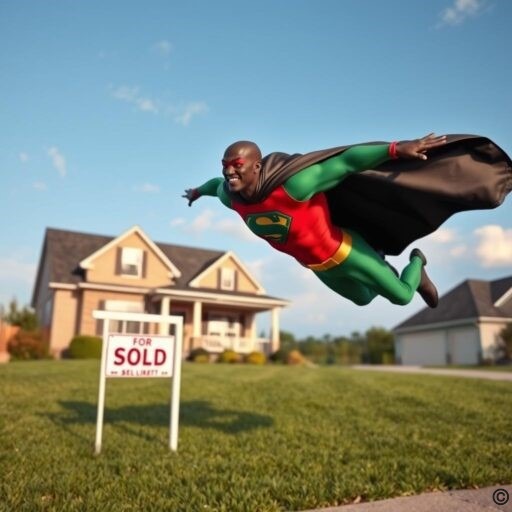Older homes exude character. From original hardwood floors to intricate woodwork, they offer a unique charm that modern houses often lack. However, this charm often comes with a set of unique challenges. If you’re considering purchasing an older home, be prepared for these potential struggles:
1. Unexpected Renovations:
- Hidden Issues: Older homes often conceal surprises beneath their beautiful facades. These can include:
- Plumbing and Electrical: Aging systems can be inefficient, prone to leaks, and potentially hazardous.
- Foundation Problems: Shifting soil, settling, and inadequate drainage can lead to cracks, uneven floors, and structural issues.
- Termite Damage: Older homes are more susceptible to termite infestations, requiring costly repairs.
- Asbestos and Lead: Older homes may contain hazardous materials like asbestos (in insulation) and lead (in paint), necessitating professional removal.
- Costly Upgrades:
- Modernizing Systems: Updating outdated plumbing, electrical, and HVAC systems can be expensive.
- Improving Energy Efficiency: Older homes often lack modern insulation, leading to high energy bills. Upgrading windows, insulation, and adding energy-efficient appliances can be a significant investment.
2. Finding Skilled Craftsmen:
- Specialized Skills: Many older home features require specialized skills to repair or restore. Finding qualified craftsmen with experience in working with:
- Original woodwork: Restoring intricate moldings and trim.
- Lead and asbestos removal: Ensuring safe and proper removal of hazardous materials.
- Historic preservation: Maintaining the original character of the home while making necessary updates.
3. Dealing with Bureaucracy:
- Local Ordinances: Many older homes fall within historic districts or have local preservation ordinances. These regulations may restrict the types of renovations you can make, adding complexity and potential delays to your projects.
- Permitting Process: Obtaining necessary permits for renovations on older homes can be more challenging and time-consuming due to the need to comply with historic preservation guidelines.
4. Higher Maintenance Costs:
- Constant Upkeep: Older homes require more ongoing maintenance.
- Regular inspections: Frequent checks for leaks, pests, and other potential problems.
- Landscaping: Maintaining mature trees and landscaping can be more labor-intensive.
5. Finding the Right Insurance:
- Limited Coverage: Standard homeowners insurance policies may not adequately cover the unique risks associated with older homes.
- Specialized policies: You may need to seek out specialized insurance policies that cover the costs of repairing or replacing historic materials and features.
Despite these challenges, many people find the rewards of owning an older home well worth the effort. The unique character, sense of history, and potential for creating a truly one-of-a-kind living space make them highly desirable.
Thorough inspections, a realistic budget, and a willingness to embrace the unexpected are essential for navigating the challenges of owning an older home. Like, share, comment below.
